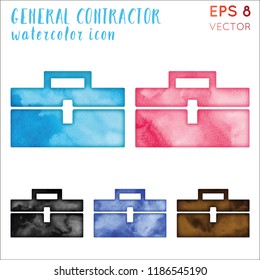Understand Just How Seasonal Problems Impact The Success Of Industrial Outside Paint And Discover The Optimal Durations To Guarantee Long-Lasting End Results For Your Job
Understand Just How Seasonal Problems Impact The Success Of Industrial Outside Paint And Discover The Optimal Durations To Guarantee Long-Lasting End Results For Your Job
Blog Article
Content Composed By-Aguilar Chaney
When you're intending a commercial exterior painting job, seasonal variables can make or break your results. You'll intend to take into consideration how temperature and humidity influence paint application and drying times. Choosing the ideal period can ensure your paint adheres correctly and lasts much longer. Yet which seasons are truly the best for this kind of work? Let's explore the crucial elements that can impact your project's success.
The Impact of Temperature Level on Paint Application
When you're planning a business outside painting project, the temperature level can substantially impact just how well the paint adheres and dries.
Preferably, you wish to repaint when temperature levels range between 50 ° F and 85 ° F. If it's also chilly, the paint may not treat properly, bring about problems like peeling off or cracking.
On the flip side, if it's also hot, the paint can dry too swiftly, protecting against appropriate attachment and leading to an uneven surface.
You must additionally think about the time of day; morning or late afternoon offers cooler temperature levels, which can be extra positive.
Always check the manufacturer's recommendations for the specific paint you're utilizing, as they commonly provide guidance on the perfect temperature level array for ideal results.
Humidity and Its Effect on Drying Times
Temperature level isn't the only environmental aspect that affects your business outside paint job; humidity plays a significant role too. High humidity degrees can decrease drying out times drastically, impacting the overall quality of your paint job.
When the air is filled with dampness, the paint takes longer to cure, which can lead to problems like inadequate adhesion and a greater risk of mildew growth. If you're painting on an especially moist day, be planned for extensive wait times in between layers.
It's essential to check neighborhood weather and strategy appropriately. Ideally, go for https://www.homesandgardens.com/interior-design/paint/how-to-paint-trim-with-carpet in between 40% and 70% for ideal drying.
Maintaining these factors in mind guarantees your project stays on track and delivers an enduring surface.
Best Seasons for Commercial Outside Painting Projects
What's the best season for your business external painting jobs?
Springtime and early autumn are normally your best bets. During these seasons, temperatures are mild, and moisture degrees are commonly lower, producing optimal problems for paint application and drying out.
Prevent summer's intense heat, which can trigger paint to completely dry also quickly, resulting in inadequate bond and coating. In a similar way, winter season's cold temperature levels can impede appropriate drying and treating, risking the durability of your paint job.
Go for days with temperature levels between 50 ° F and 85 ° F for ideal results. Remember to inspect the local weather prediction for rain, as damp conditions can spoil your job.
Preparation around these variables ensures your painting task runs smoothly and lasts longer.
Final thought
To conclude, planning your business outside paint jobs around seasonal factors to consider can make a substantial difference in the end result. By organizing go here during the perfect temperatures and humidity degrees, you'll guarantee much better bond and drying times. Bear in mind to watch on local weather forecasts and select the correct time of year-- spring and early autumn are your best bets. Taking these steps will aid you accomplish a sturdy and expert surface that lasts.
